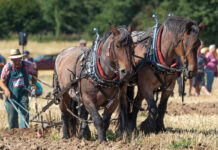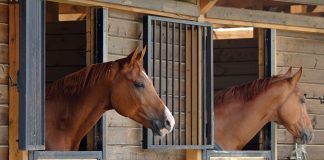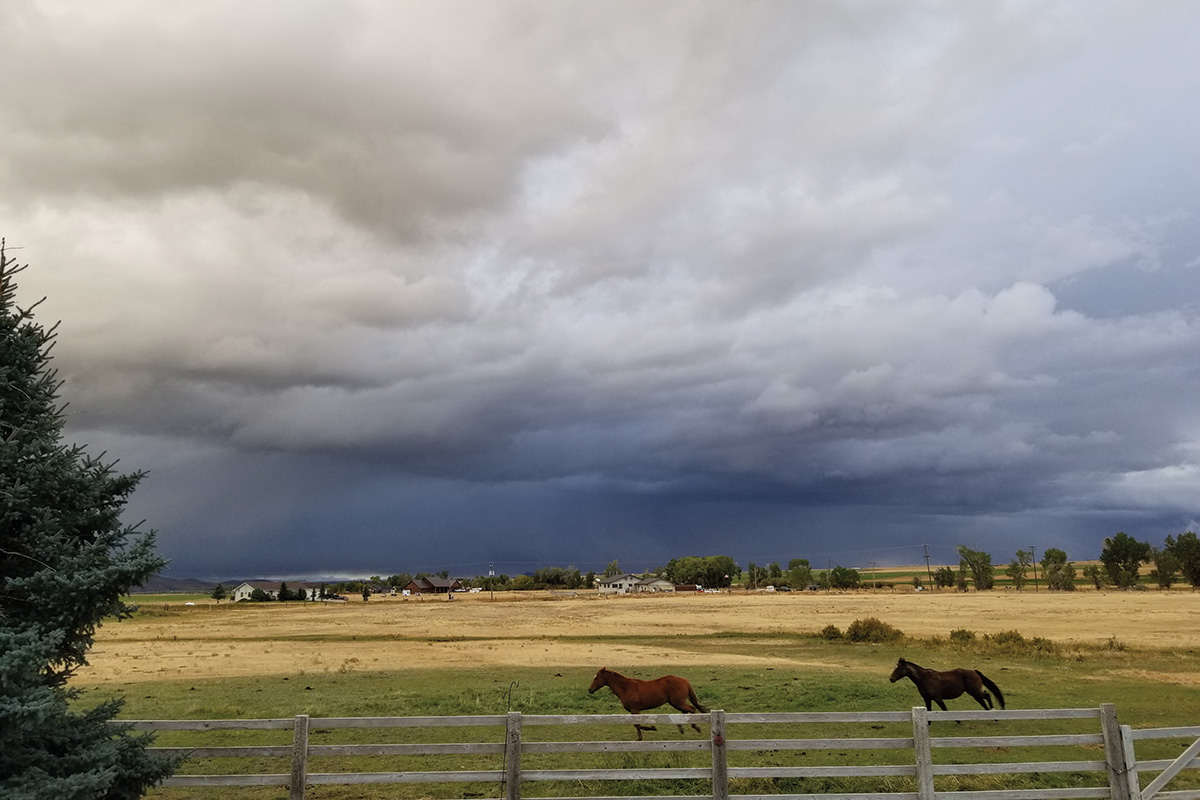
Severe thunderstorms with high winds, lightning, and hail are never any fun, but they often pass by without causing any significant damage. Still, there’s always the chance that they could cause a problem. The good news is there are some simple steps you can follow to ready your farm and prepare for loss of power. Here, we’ll look at some ways to ensure your property and horses can safely weather the storm, plus some things to consider if you do experience damage.
Lightning
Before the Storm:
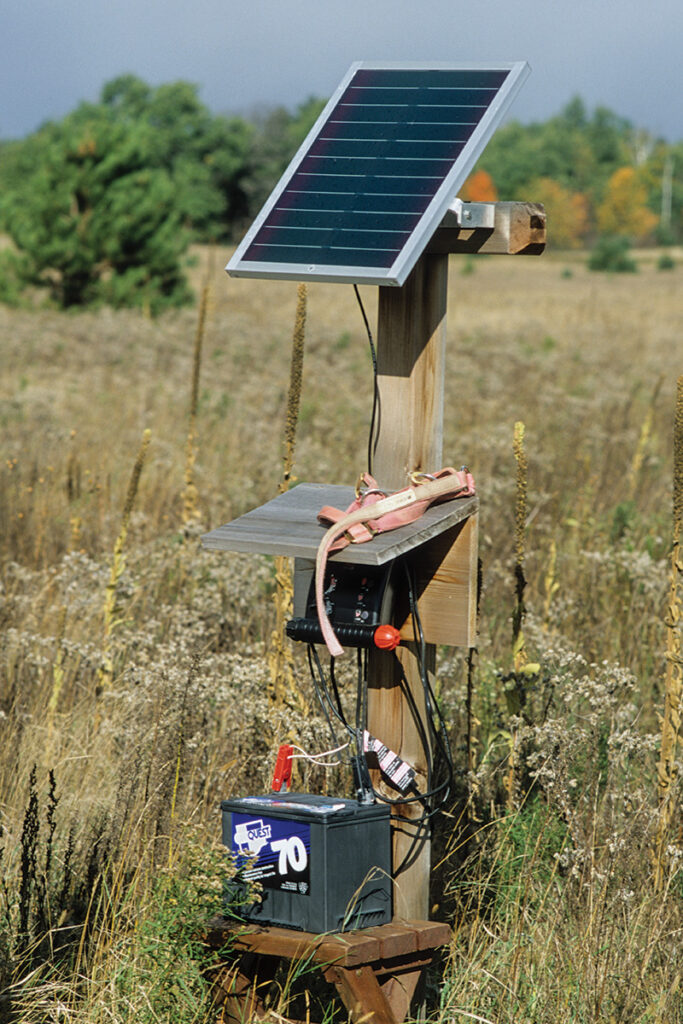
We had this happen once on our farm: Lightning struck a tree on the other side of the pasture, jumped to the ground and then to the electric fence (burning a great deal in the process), and ran all the way around the pasture before destroying the charger.
To keep lightning from potentially ruining your charger, you can simply disconnect the two wires marked “fence” and “ground” (they might be marked with a “+” and “-”) well before the storm arrives. Don’t forget to reconnect them afterwards. (If horses will be in the paddock with that fence during the storm, then this probably isn’t a wise option).
◆ Consider fencing off pasture trees. You’re probably aware that lighting tends to gravitate toward the tallest objects in an area, so single shade trees standing the middle of a pasture can be targets.
If there are horses in the pasture when a storm strikes (more on this below), they may be more inclined to take shelter near the tree. For this reason, some horse owners choose to fence off pasture trees so that the horses can’t stand directly under them.
Wind
Before the Storm:
◆ Prepare trees. This is a bit more of “big picture” issue (not something you’ll be doing five minutes before the storm strikes), but you’ll want to give some thought to possible damage from trees and branches in a storm. Do you have trees near the barn with major branches hanging over the roof? What about other buildings?
◆ Put things away. If there’s a chance of significant wind, try to secure or store your machinery (tractors, UTVs, et cetera). Also, clear the barn aisles of tools and small items that can easily go flying if strong winds rush down the aisle.
After the Storm:
◆ Check fencing. Take a trip around the pastures after the storm to make sure there are no large branches or trees down on the fencing that could allow the horses to get out. Also, keep an eye out for wind damage to the fencing—it’s not impossible for a strong wind to pop boards and even topple posts in certain conditions.
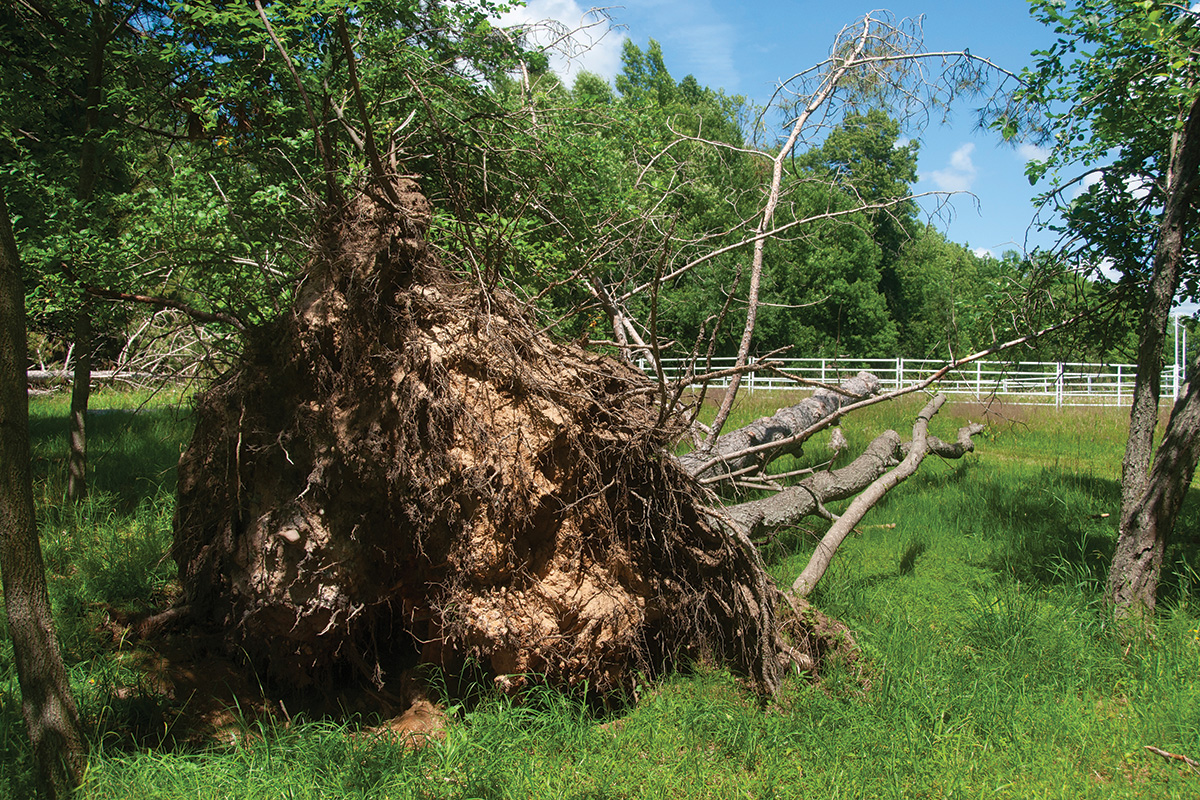
◆ Look for “spookables.” Check the pastures, walking paths, and barn areas for debris and trash blown around (maybe from neighboring properties) that might cause accidents if a horse is surprised by them.
Hail
Before the Storm:
◆ Bring the horses indoors. Hail of any significant diameter can cause injury, so placing the horses in stalls ahead of time is prudent if hail is in the storm forecast.
◆ Park the machines. If you can manage it, consider moving any valuable machines and vehicles indoors to prevent hail damage. Luckily, some horse owners have a large place perfectly suited for this: the indoor riding arena.
After the Storm:
◆ You might want to wait until the hail/sleet has melted before venturing out again; during a warm-weather thunderstorm, this doesn’t take very long.
Water for Horses During Storms
Before the Storm:
◆ Save water. If you can manage it, saving water before the storm is helpful. Besides filling all of your horses’ buckets and troughs to the top, you can save additional water with simple 5-gallon camping containers. If the storm doesn’t come, so much the better—just use up the water the next day.
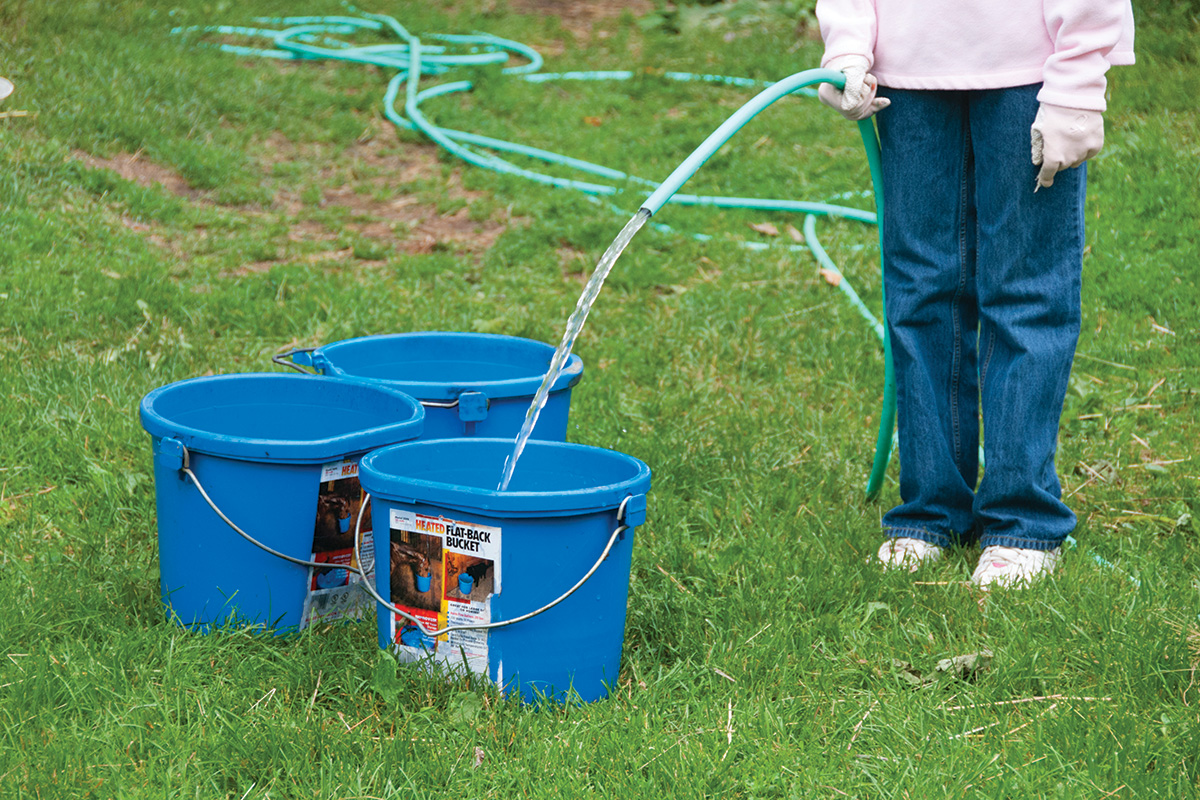
After the Storm:
◆ For city water: If your home or horse barn is connected to a municipal water source, a power outage from a storm might not be an immediate issue, as the town’s water system may be gravity fed (from a water tower, for example), and the water will keep working even without electricity.
◆ If your horse property is more rural and the barn is fed from a private well, this may be more challenging. People often have small generators around to power a few lights and the refrigerator, but well pumps usually take a lot of electrical amps to function and require some special wiring to be in place ahead of time.
If your home has a large generator capable of powering the well pump, you should be able to get water to your horses that way, but owners of small generators may come up a little short. This is where saving water prior to the storm can help. For long-term outages, you could also look at hauling water from a neighbor who hasn’t lost power.
Electric Fence Power
Before the Storm:
◆ Asses your horses’ needs. What happens when you have an electric fence, and there is no electricity to run it? Whether or not this is an issue depends on your horses; some never touch the fence whether it’s on or off; others test it frequently. You’ll have to make a judgement call. The good news is that solar fences aren’t effected by an outage.
After the Storm:
◆ Solar/battery-powered fence: With this system, solar panels collect sunlight during the day to run the fence and store it in batteries for nighttime and cloudy days. If you have a system like this, it’s independent from a storm power outage, so you’re good to go.
◆ AC-powered fence uses AC power from a typical power plug. If there is a prolonged power outage, you can probably plug your electric fence charger up to a small generator, as fence chargers don’t use much power. Another alternative is to have a small solar charger on hand for outage emergencies.
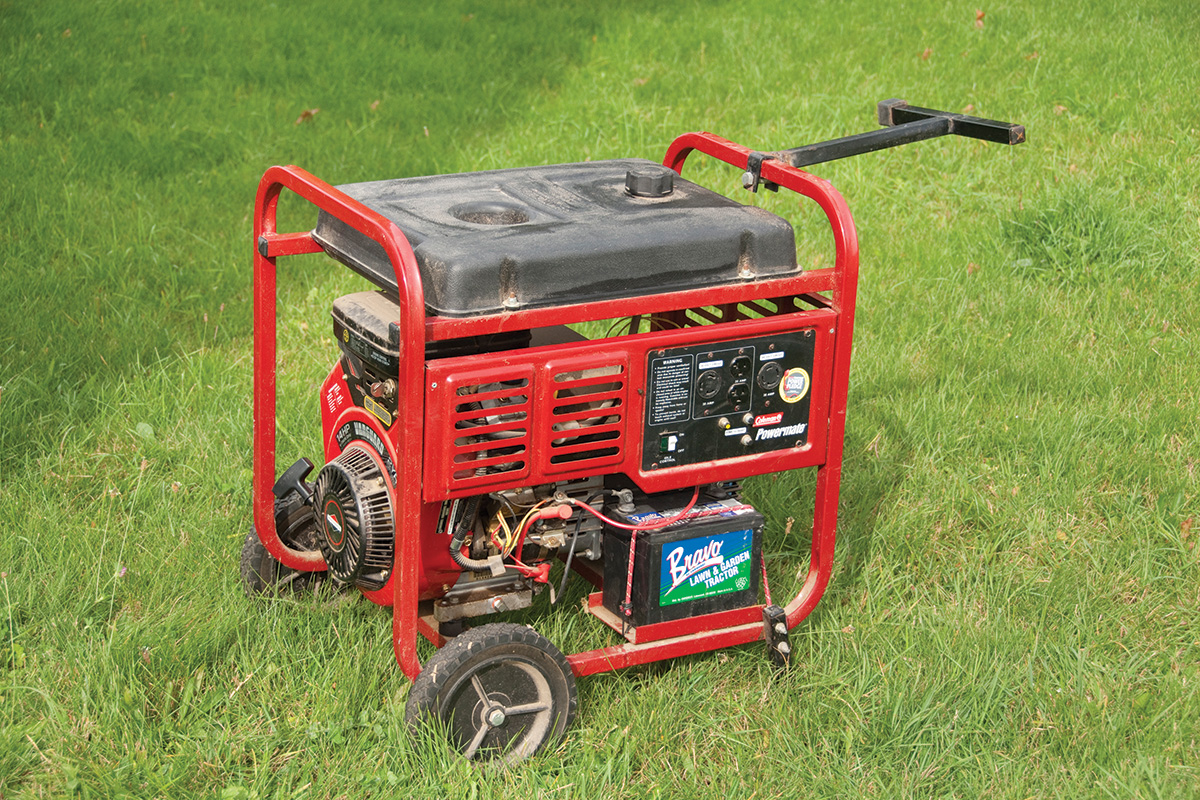
Horses In or Out During a Storm?
Should the horses be in or out of the barn during a thunderstorm? If the storm is forecast early enough and you have ample time, you can put the horses in the barn, but not everyone does this. However, there are some solid reasons to do so:
◆ Horses may become frightened. High winds and thunder can upset even normally calm horses, and if the storm is intense, they could potentially run into a fence. The exception might be in a case where a particular horse is much more anxious being indoors during the storm. Again, it’s case-by-case question that only you can answer.
◆ Lightning could be a threat. Horses are large, tall animals in an open area, and lightning strikes are not unheard of. Many horse owners prefer placing their animals inside a structurally sound, grounded stable.
◆ Damage to fencing can occur. If storm damage breaches a fence, it could offer the horses an escape route while the storm is still happening and before you have a chance to intervene.
The tips here are only meant to be a guide and to offer some suggestions, but ultimately the decisions are up to you and will come down to your specific situation. Hopefully, your thunderstorms will pass by harmlessly, but it never hurts to do some preparation and have some backup plans in place.
Here’s hoping for beautiful, sunny weather!
This article about keeping your horses and property safe during a storm appeared in the September 2022 issue of Horse Illustrated magazine. Click here to subscribe!



